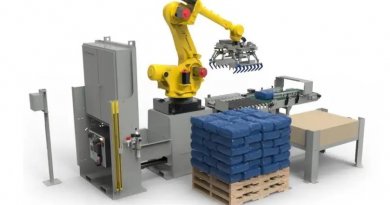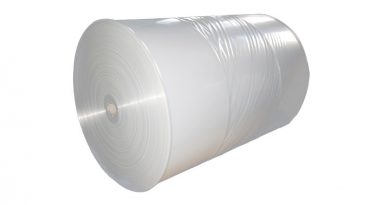What are The Techniques to Laminate Protective Film on Aluminum Profiles?
In order to prevent scratches and abrasions during CNC processing of aluminum profiles, many manufacturers will apply films after the anodizing process when making aluminum profiles. Filming is an important process in aluminum profile processing. The quality of the film directly affects the quality of the aluminum profile. How to apply film on aluminum profiles? What are the main things to pay attention to when applying the film?
- If the aluminum profile needs to be filmed, it needs to be filmed immediately after the aluminum profile is oxidized. The time should not be too long.
- The width of the protective film needs to be consistent with the cross-sectional width of the aluminum profile. If the width of the film is too wide, it will cause loose fit, warping, etc.
- When laminating aluminum profiles, the tension of the film needs to be kept moderate, otherwise it will cause the film to shrink, resulting in no film coverage at both ends of the aluminum profile.
- If the aluminum profile is veneered, the veneer boundary is located at the edge of the groove of the aluminum profile. The brush of the laminating machine must be pressed into the groove, and the film must be pasted flat to prevent warping.
- If the wall thickness of some aluminum profiles is too thin, do not press too tightly when applying the film to prevent the aluminum profiles from deforming during the film application.
- If the cross-section of the aluminum profile is relatively complex, it is recommended to try multi-layer pasting in order to fully cover it.
- When the aluminum profile is filmed, the film viscosity is too high, which will make it difficult to tear off the film later. The viscosity is not enough and it falls off easily. Therefore, it is very important that the viscosity of the film is moderate.


Today, people started to use aluminum profile sticking machine to handle the work of filming. There are usually rubber rollers on the film applicator to spread the protective film to avoid bubbles and wrinkles. For low-adhesive protective films, it’s better to keep smaller tension, otherwise the edges will lift. The film application temperature should be greater than 10°C, and the film tearing temperature should also be greater than 10°C. The peeling force is closely related to the speed and angle of the film tearing. Too low a temperature will cause the protective film to harden and warp. In this case, it should be heated first with hot blowing, or produced in an air-conditioned workshop. The hardness of rubber pressure rollers is generally 60A. Because when the protective film is being rolled up, more or less air is wrapped in the colloid, causing the rubber surface to be slightly uneven. If the rubber pressure roller is too soft, it will not be able to effectively drive away the bubbles and flatten the colloid. If the rubber pressing roller is too hard, the pressure generated will not be enough to effectively contact the colloid and the plate, which may easily cause the protective film to warp during edge cutting. Since the rubber pressing roller will gradually age and harden during use, Coating Online recommends frequent inspection and replacement of the rubber roller.




